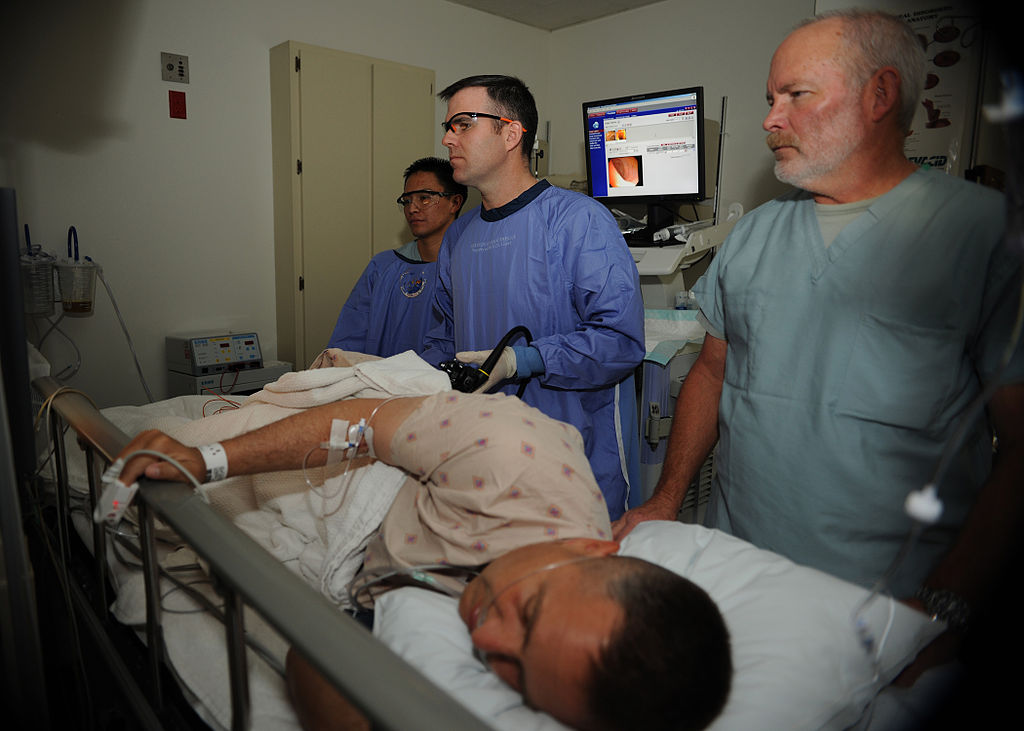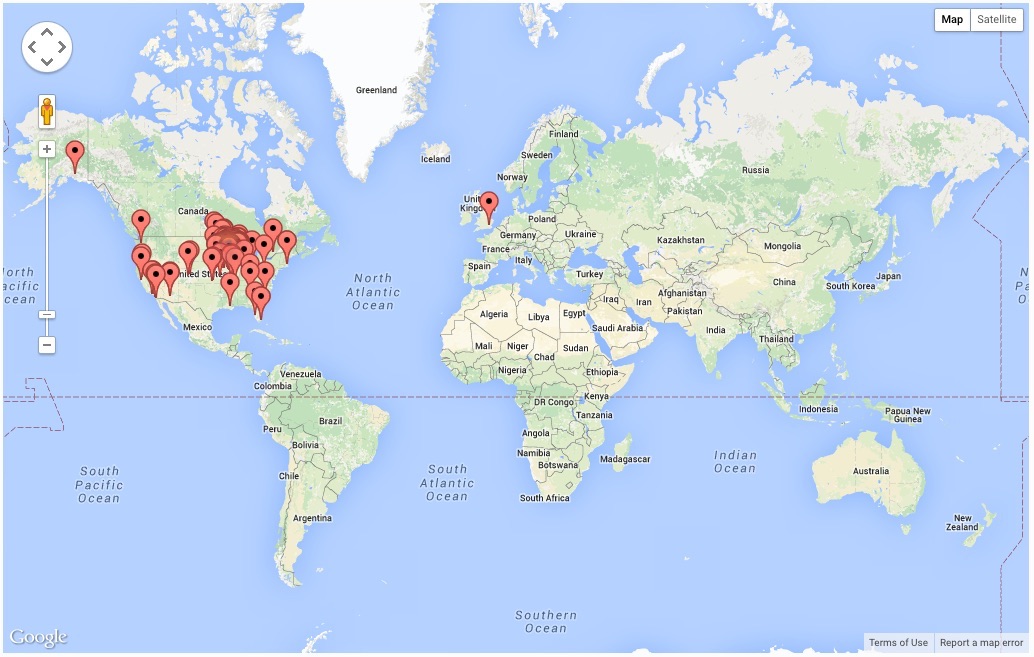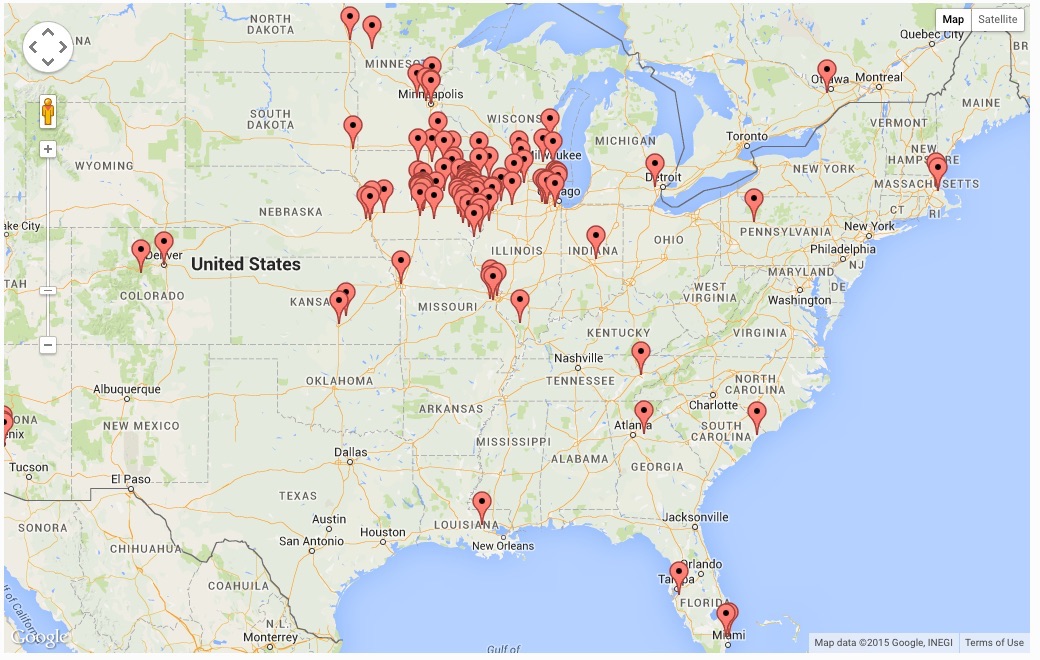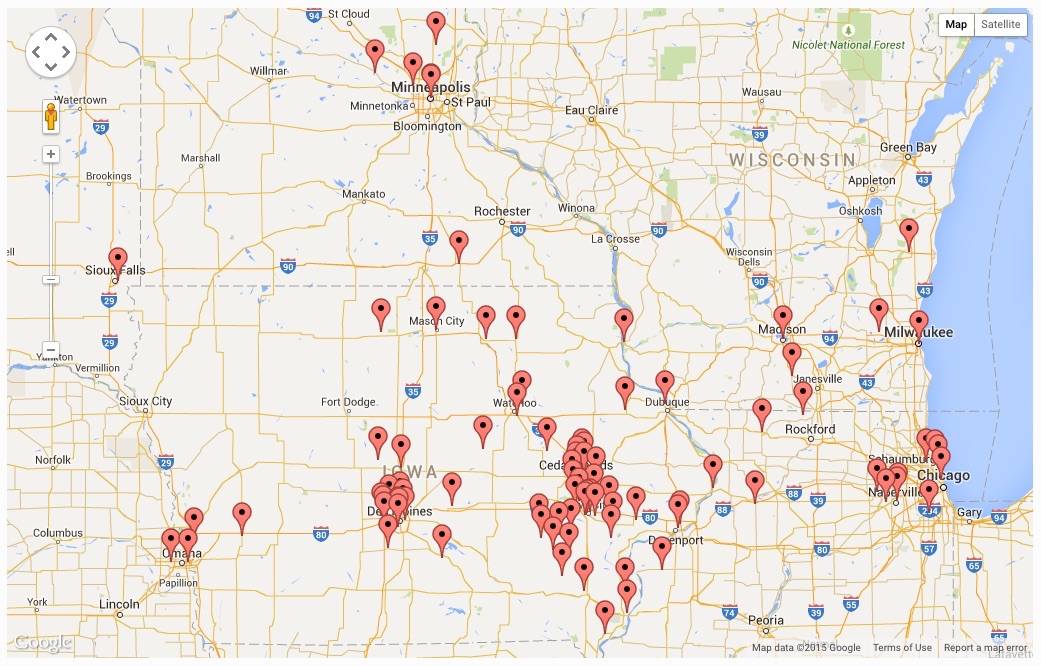People Apparently Like Healthcare Stories
I like to write and share stories, but I’ve been shy about sharing my healthcare experiences. I guess in part because it seems ‘personal’ and also because I can’t imagine that anyone other than family and close friends would really be interested.
Two weeks ago I went to the emergency room with a sever abdominal pain, which eventually turned out not to be life threatening. I apparently pulled an abdominal muscle. Yet, I thought the experience was worth sharing. The ER team was really exceptional, and they deserved a word of thanks.
A few days later, that story had over 5,000 readers around the world and was shared over 1,000 times on Facebook. It was then I realized that people apparently do have an interest in such stories. So, for those who are interested, here’s another amazing tale from the world of healthcare. 🙂
Regarding the photo at the top of this page… It was not the result of a request, “Hey doc, can you help me get a selfie posted to Instagram? Take a dozen photos so I can pick the best one. Also, can we adjust the lighting in here?” None of that. Instead, it’s a photo from the U.S. Navy depicting the procedure.
A Nurse with 57 Years Experience
This past week I went to the University of Iowa Hospitals and Clinics for a routine colonoscopy at the Colonoscopy Clinic in the Center for Digestive Diseases Gastroenterology. The clinic seemed very organized and well staffed. As a result, the entire process went as scheduled, despite having many patients in the clinic who were there for various reasons. The nursing staff and doctors with were cheerful and friendly which made the experience more relaxing and pleasant.
I typically don’t like needles. Who does, right? What makes things worse is that my veins are very uncooperative. Even if I drink lots of fluids the night before, most nurses and even trained phlebotomists have a very difficult time finding a good vein. There’s usually lots of tapping on the arm. Then they inevitably say, “Let’s take a look at the other arm,” which ends up being just as bad. On one occasion, it took five different people trying various poking strategies before one was able to get a semi-cooperative vein. That’s a lot of poking.
The night before the colonoscopy procedure, the preparation requires no intake of any food or fluid, even water. So, midway through the following morning, I was super thirsty and very dehydrated.
My primary concern at that point was wondering how they would find a vein for the IV given how dehydrated I was.
Fortunately, I ended up with a nurse who had over 57 years of experience. She was 77 years old, but looked decades younger. We had a pleasant and calming conversation that alleviated my fears. Then when it came time for the needle, I was so relaxed I barely felt it. Amazingly, she got a vein on the first poke, in the inside bend of the elbow where everyone else usually gives up.
We went through the rest of the basic preparations before the procedure which didn’t take long. The IV initially has saline solution to rehydrate the body. Later on prior to the procedure, a pain killer and twilight anesthesia (for conscious sedation) are administered through the IV.
Benefits of a Colonoscopy
Sometime after turning 50-years-old, most people will get a colonoscopy — a fairly simple, quick, and usually painless procedure that can save your life.
Each year in the United States, approximately 50,000 people die of colon cancer, which is ample motivation for getting this procedure that usually eliminates at-risk tissue before any cancer can form.
The most difficult part is the preparation which typically begins two days before the procedure. Your doctor will provide detailed instructions unique for your test situation. There are food restrictions as much as four days before the procedure.
The Colonoscopy Preparation – Four Milestones
There are four significant milestones during the two-day colonoscopy preparation. These instructions may change depending on the procedure and clinic, but here’s what I followed.
- Magnesium Citrate. Two days before the procedure, the guidelines state, “drink one bottle of Magnesium Citrate after your evening meal.” It’s a carbonated beverage that comes in a few different flavors. Taken with ice it’s actually not too bad. Before too long, it takes effect in a very noticeable way — and after a few trips to the bathroom you’ll feel totally emptied out. By nighttime you’ll probably be tired and very ready to sleep.
- Fasting from Food. After drinking the Magnesium Citrate, there is to be no food. So, a liquid fast begins and lasts about 36 hours. You might want to stay home the day before the procedure because being on a clear liquid diet can make you feel drained of energy and you may have trouble focusing.
- Colon Lavage Solution. The night before the colonoscopy procedure, you’ll be instructed to drink a gallon of salty tasting laxative solution that’s created by shaking a powder mix with water. This is probably the most difficult part of the entire experience. The guidelines request that you drink a cup of this solution every 10 minutes over several hours between 4 PM and 7 PM. At first you’ll be able to keep up.
- Fasting from Liquid. By evening you will have been without any food for 24 hours, and your body will have no food reserves remaining to be digested or processed. So, it’s an intense fasting experience. I use a sleep tracker, and noticed in the report the next morning some significant improvements with sleep quality, duration, and reduced restlessness. It’s believed that going to sleep on a full stomach with intestines full can result in restless sleep. So, having the stomach and intestines empty may help with sleep. It also helps to be thoroughly exhausted.
The Colonoscopy Procedure
In the preparation area there were about a dozen hospital beds, each with a privacy curtain all in one big open room. I’d not been in a situation like that before where many people were receiving care simultaneously. In retrospect, I think it helped reduce anxiety to have a dozen other people getting prepped for similar procedures. There’s something about a bit unnerving about going through an experience alone. Being with others reinforces the sense that it’s just a typical every-day procedure.
Once I was prepped for the procedure, I was wheeled (in the hospital bed) to the procedure room. As I recall there were three people including the doctor. An oxygen tube was provided (to the nose) probably because the sedation causes shallow breathing. There was also a blood pressure cuff and finger pulse/oxygen monitor.
Depending on how heavily sedated you are, the last thing you remember might be the nurse administering the anesthesia through the IV.
When I woke, I was in the hospital bed in same location as where I’d been prepped. I was a little groggy at first, and then woke slowly. The anesthesia continues to have a calming influence throughout the day. It’s recommended that you not drive or even take public transit for 24 hours after the procedure.
All the Benefits of a Juice Fast Cleanse
Something I’d not anticipated was the energy boost that followed during the days after the colonoscopy. This may be the result of higher nutrient absorption into the body (due to a cleaned out intestine). it’s true that the body is regularly drained of energy from being filled with food most of the time that requires processing. So, emptying it out occasionally is a nice respite.
I’ve done various intense fasts in the past, but that was many years ago. So, I’d forgotten about how the body can have so much more energy during and after a fast.
I was glad I took a day before and a day after the procedure to stay home and rest. It helped make the entire process less stressful.
Overall I’m really glad I had the procedure, and pleased with the care provided by everyone in the clinic. I’m really grateful for the amazing nurse I had helping me before the procedure. I definitely won’t be as anxious when it comes time for the next exam.

Follow-Up
I got a follow-up call this evening (24 Jul 2015) from the doctor who performed the colonoscopy. It was nice to learn that there’s nothing to be concerned about. For some healthcare clinics, there’s no follow-up phone call. Instead a letter goes out, or there’s an update in the online medical service portal (MyChart for UIHC). Having a phone call was a nice personal touch.
Document History
- 9 Jul 2022. Document converted to WordPress block layout from the Classic WordPress editor block. A mention in the introductory section was added to clarify the source of the featured photo.
- 24 July 2015. Document created.
____________________
* The Gastroenterology Center at the University of Iowa Hospitals and Clinics is located at 200 Hawkins Drive, Iowa City, IA 52242.











